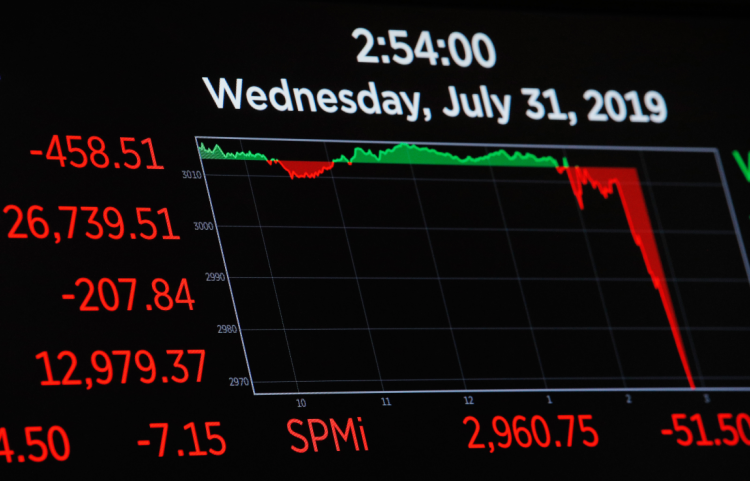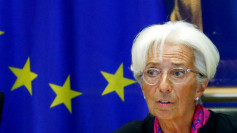A marginal Wall Street rally propelled by a $1 trillion U.S. government stimulus package recovered about a third of the massive losses Monday but still left all three indices stranded in bear market territory. Investors and economists alike, however, are designed to the possibility of an economic recession this year.
The Dow Jones Industrial Average closed 1,048.79 points higher, or 5.2%, at 21,237.31. It briefly slipped below 20,000 for the first time since February 2017 before rebounding. The S&P 500 rose 6% at 2,529.19 while the NASDAQ Composite gained 6.2% to end the day at 7,334.78.
Tuesday also saw a jump in Treasury yields, with the 10-year U.S. rate rising above 1% on news of a big stimulus plan by the Trump administration. The iShares 20+Year Treasury Bond ETF (TLT) dropped more than 6% as investors fled bonds for stocks.
On Tuesday, the White House announced a huge stimulus package estimated to be worth $850 to $1 trillion. This mammoth spending package might consist of $500 billion to $550 billion in direct payments to consumers and tax cuts for businesses; $200 billion to $300 billion in small business assistance and $50 billion to $100 billion in airline and industry relief.
Of the total proposed spending, $250 billion might go toward making direct payments to Americans, according to a White House official. Treasury Secretary Steve Mnuchin said the federal government is considering directly sending checks to Americans over the next two weeks. Each check will be worth $1,000 and will be sent to families.
"Americans need cash now," he said. "I mean now in the next two weeks."
On Monday, the 30-stock Dow closed 2,999 points lower, or 12.9%. The Dow was briefly down more than 3,000 points in the final minutes of trading. The S&P 500 dropped 12% (its lowest level since December 2018) while the NASDAQ Composite closed 12.3% lower in its worst day ever.
"Yesterday (Monday) was a real washout," said Peter Cardillo, chief market economist at Spartan Capital Securities. "I think we'll have a recession. It's just a question of how steep it will be."
Some analysts contend the U.S. might already be entering a recession because of the COVID-19pandemic, which has shut down countless businesses and drastically altered American life, said an analysis from S&P Global.
"While economic data for March is just starting to be released, the the severity of the blow from the coronavirus leads us to believe that the U.S. is entering recession -- if not already in one," said S&P Global in a research note to clients Tuesday.
S&P Global said the U.S. economy could shrink by 1% in the first quarter of 2020, with a mammoth 6% drop possible in the second quarter. Two consecutive quarters of economic contraction meet the technical definition of an economic recession.
S&P Global, however, said the economy might rally by the second half of the year, but the overall outcome is expected to be flat growth. Before the COVID-19 outbreak, S&P Global predicted 1.9% growth for the U.S. economy this year.






